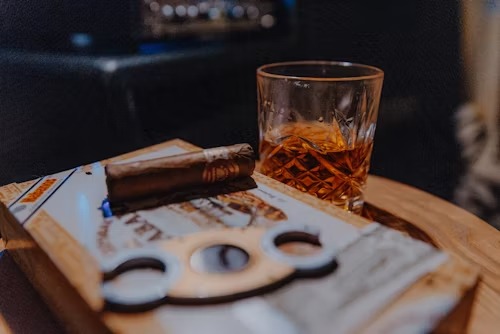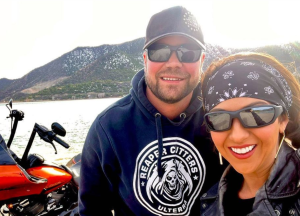How Did Pablo Escobar Die?
4 min read
Pablo Escobar, one of the most notorious drug lords in history, met his end in a hail of bullets on December 2, 1993. His death marked the conclusion of a tumultuous life filled with crime, violence, and unimaginable wealth. However, the circumstances surrounding his demise remain shrouded in mystery and controversy. This article will delve into the events leading up to Escobar’s death, the various theories surrounding the circumstances of his demise, and the aftermath of his passing.
Pablo Escobar: A Brief Overview
Before exploring the details of his death, it is essential to understand who Pablo Escobar was and the legacy he left behind. Born on December 1, 1949, in Rionegro, Colombia, Escobar rose to become the leader of the Medellín Cartel, a powerful drug trafficking organization responsible for smuggling immense quantities of cocaine into the United States and other countries.
Escobar’s reign of terror was characterized by ruthless tactics, including bombings, assassinations, and bribery, as he sought to maintain control over his empire and evade capture by law enforcement. At the height of his power, he was one of the wealthiest individuals in the world, with an estimated net worth of $30 billion.
Escobar’s Downfall
Despite his efforts to evade capture, Escobar’s criminal activities eventually caught up with him. In 1991, he surrendered to Colombian authorities under the condition that he would be imprisoned in a self-designed jail known as “La Catedral,” where he could continue to run his operations with relative freedom.
However, Escobar’s luxurious incarceration was short-lived. Fearing extradition to the United States, Escobar’s enemies within the Colombian government and rival cartels began to close in on him. In July 1992, Escobar escaped from La Catedral after learning of plans to transfer him to a standard prison.
The Manhunt
Escobar’s escape triggered a massive manhunt, with Colombian authorities, aided by the United States, dedicating significant resources to capture him. The hunt for Escobar intensified as he continued to evade capture, moving from one hiding place to another.
The Final Showdown
On December 2, 1993, Escobar’s luck ran out. Acting on a tip from a local informant, Colombian police, along with a special task force known as the Search Bloc, located Escobar’s hideout in a middle-class neighborhood in Medellín. In a dramatic shootout, Escobar was cornered on the rooftop of a nearby house and killed in a hail of gunfire.
The Controversy
While the official version of events is that Escobar was killed in a shootout with police, some conspiracy theories suggest that he was executed after being captured alive. These theories are supported by reports of discrepancies in the official accounts of the shootout and allegations of collaboration between the Colombian government and rival cartels.
The Aftermath
Escobar’s death marked the end of an era in Colombia’s drug wars. His demise led to a power vacuum within the Medellín Cartel, which eventually splintered into smaller factions. While Escobar’s death was celebrated by many as the end of a reign of terror, others viewed him as a folk hero, a symbol of resistance against a corrupt system.
The Legacy of Pablo Escobar
Escobar’s death did not mark the end of his influence. His life and legacy continue to be the subject of books, movies, and television series that romanticize his criminal exploits. However, for many Colombians who suffered at the hands of Escobar’s violence, his memory is a painful reminder of a dark chapter in their country’s history.
Despite his notoriety, Escobar’s impact on Colombia was not solely negative. He was known for his philanthropic efforts, building schools, hospitals, and housing for the poor in Medellín. These actions earned him a degree of popularity among some Colombians, who viewed him as a modern-day Robin Hood.
Lessons Learned
The rise and fall of Pablo Escobar serve as a cautionary tale about the dangers of unchecked power and the destructive influence of the drug trade. His ability to evade capture for so long was a testament to his cunning and resourcefulness, but it also exposed the weaknesses of law enforcement and government institutions in Colombia.
Conclusion
The death of Pablo Escobar remains a topic of fascination and debate, with various theories and narratives surrounding the circumstances of his demise. Whether he was killed in a shootout with police or executed after being captured alive, one thing is certain: his legacy as one of the most notorious figures in the history of organized crime will endure for generations to come.





